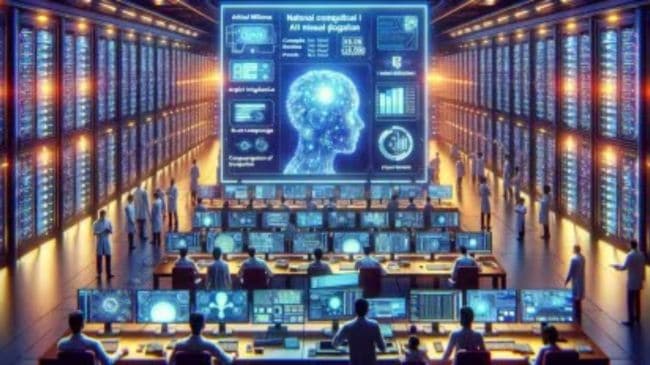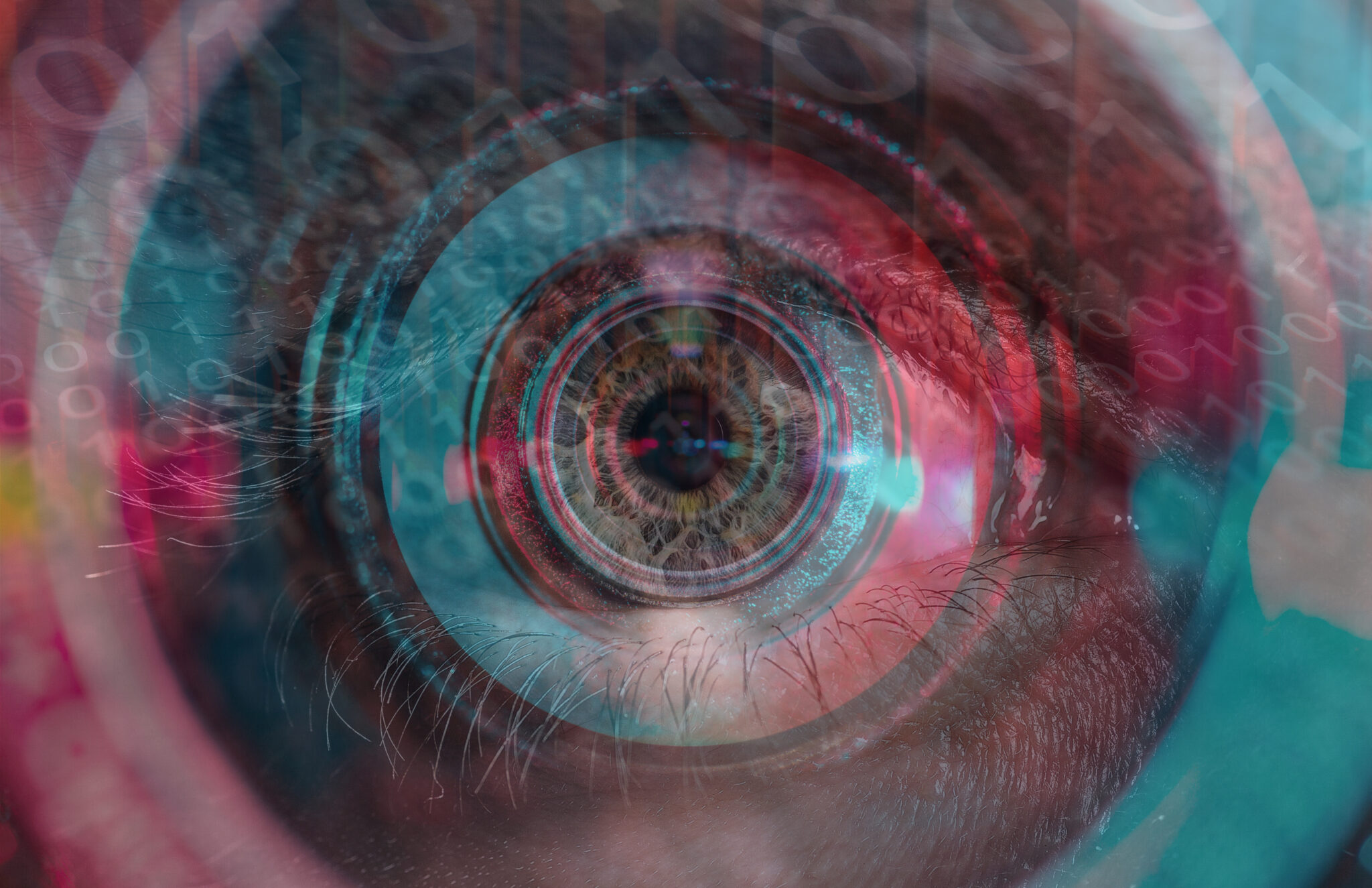Introduction
Representation learning has emerged as one of the most exciting areas of machine learning in recent years. It involves the development of algorithms and models that can learn useful representations of data automatically. These representations can be used to improve the performance of a wide range of machine learning tasks, from computer vision and natural language processing to speech recognition and robotics.
What is Representation Learning?
Representation learning is the process of learning a useful representation of data without explicitly specifying what features to extract. Instead, the algorithm is trained to learn features that are most relevant to the task at hand. This is in contrast to traditional machine learning approaches, where feature engineering is often a manual and time-consuming process.
Types of Representation Learning
There are several types of representation learning, including:
- Unsupervised learning: This involves learning representations from unlabeled data, such as autoencoders and generative models.
- Supervised learning: This involves learning representations from labeled data, such as convolutional neural networks and recurrent neural networks.
- Semi-supervised learning: This involves learning representations from a combination of labeled and unlabeled data.
- Transfer learning: This involves learning representations on one task and transferring the learned representations to another task.
Applications of Representation Learning
Representation learning has numerous applications across a wide range of domains, including:
- Computer vision: Learning representations for image and video data, such as object detection and segmentation.
- Natural language processing: Learning representations for text data, such as sentiment analysis and language translation.
- Speech recognition: Learning representations for speech data, such as voice recognition and speech synthesis.
- Robotics: Learning representations for sensor data, such as autonomous navigation and manipulation.
Techniques in Representation Learning
There are several techniques used in representation learning, including:
- Autoencoders: These are neural networks that are trained to encode and decode data. They are often used for dimensionality reduction and feature learning.
- Convolutional Neural Networks (CNNs): These are neural networks that are designed to process spatial data, such as images and videos.
- Recurrent Neural Networks (RNNs): These are neural networks that are designed to process sequential data, such as text and speech.
- Generative Adversarial Networks (GANs): These are neural networks that are trained to generate realistic data that is similar to the training data.
- Variational Autoencoders (VAEs): These are neural networks that are trained to generate new data that is similar to the training data.
Advantages and Disadvantages of Representation Learning
There are several advantages and disadvantages of representation learning, including:
- Advantages:
- It can automatically learn useful features from data without the need for manual feature engineering.
- It can improve the performance of machine learning models on a wide range of tasks.
- It can help to identify patterns and relationships in data that may not be apparent using traditional approaches.
- Disadvantages:
- It can be computationally expensive and require large amounts of data for training.
- It can be difficult to interpret the learned representations and understand how they relate to the original data.
- It can be sensitive to the quality and variability of the input data.
Conclusion
Representation learning is a rapidly evolving area of machine learning that has the potential to revolutionize the way we analyze and understand complex data. By automatically learning useful representations of data, it can improve the performance of machine learning models and enable new applications in computer vision, natural language processing, speech recognition, and robotics.









Leave a Reply